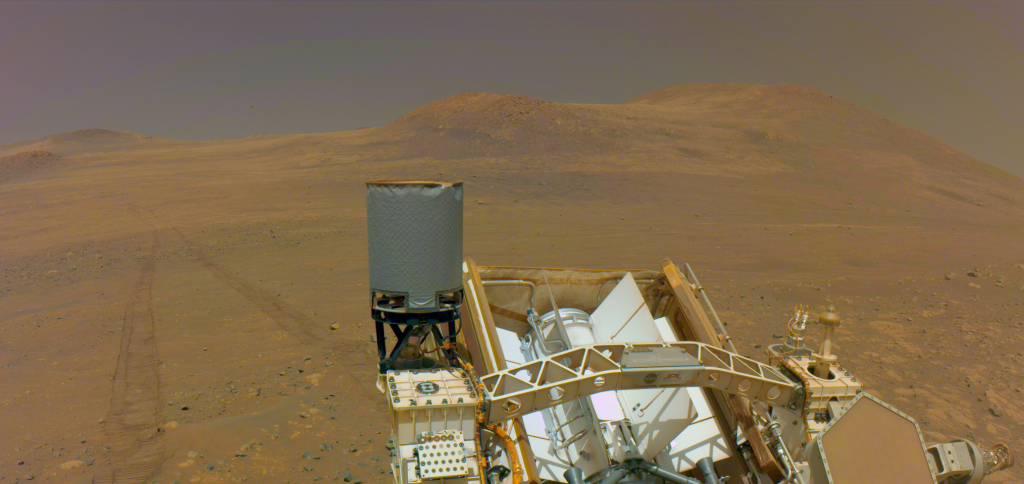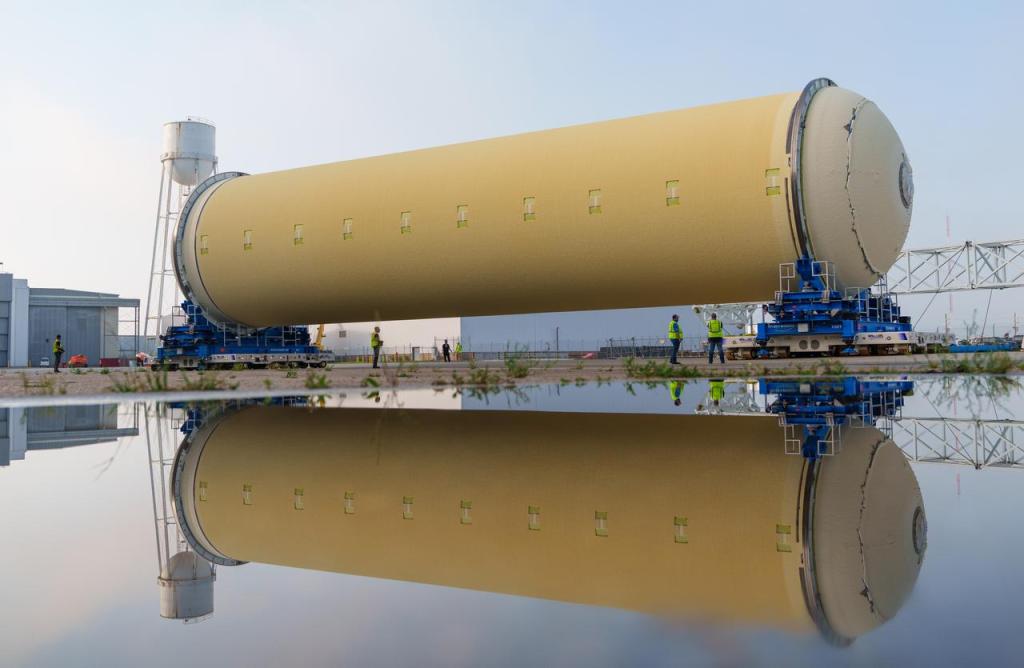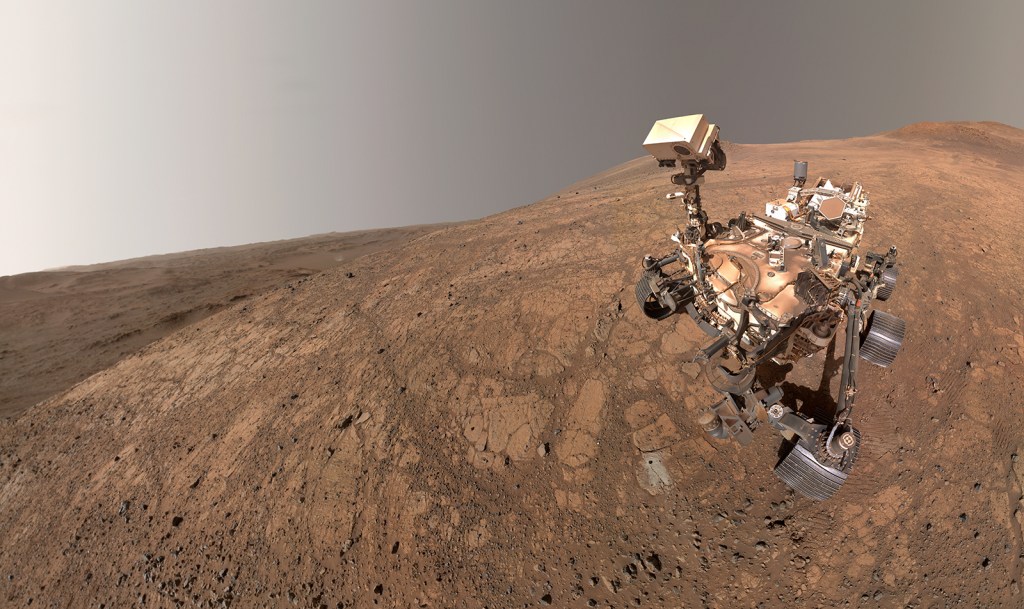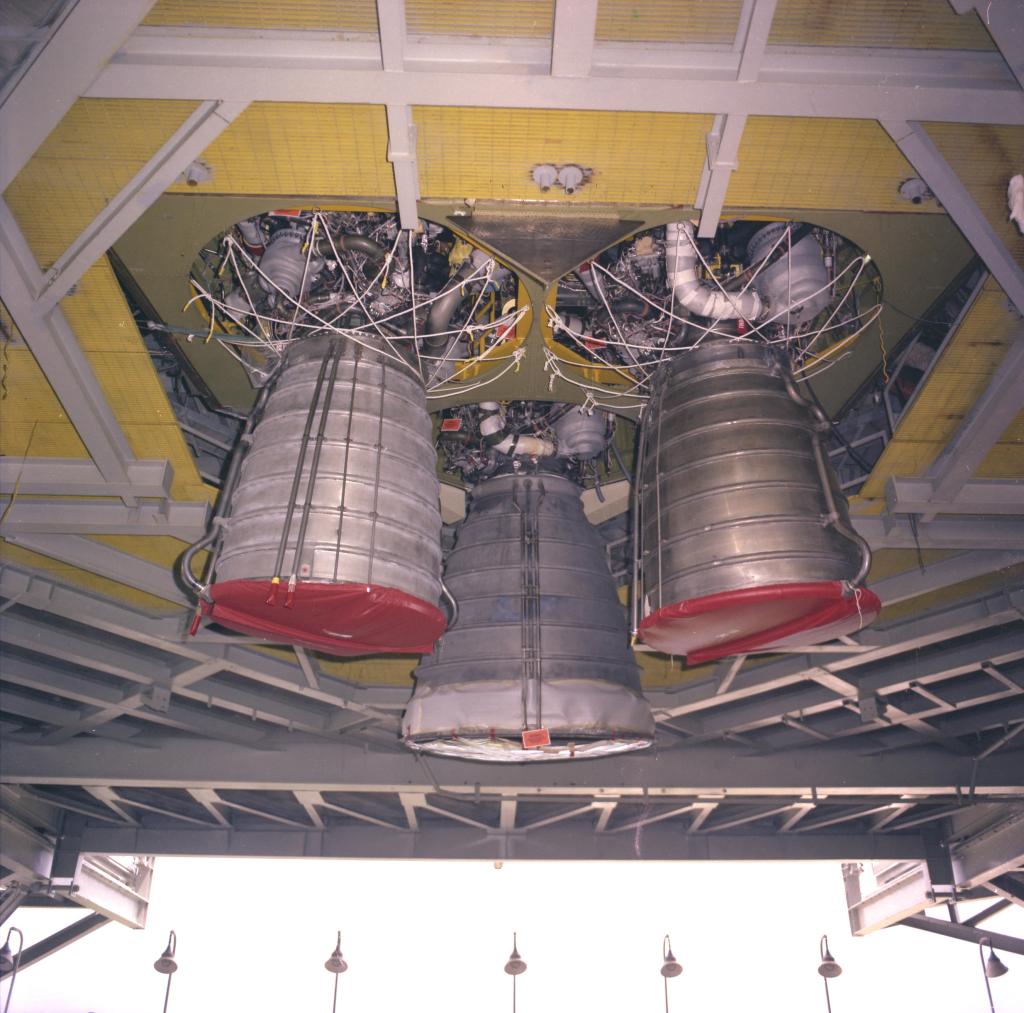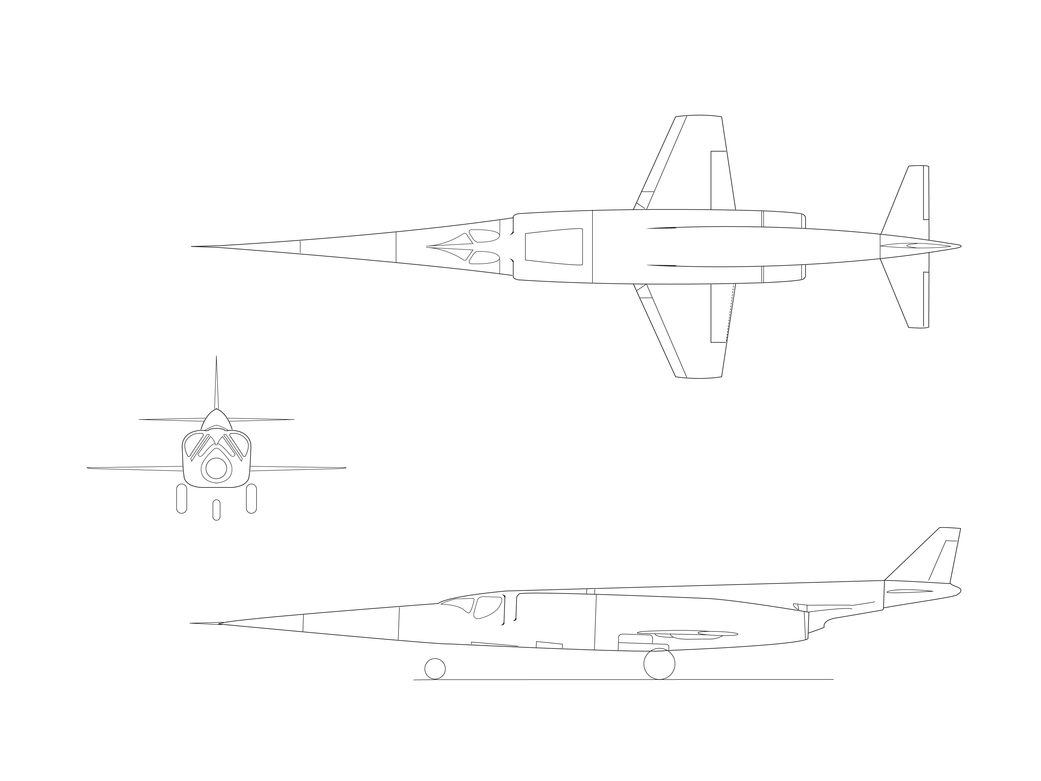
EG-0086-01
The Douglas X-3 Stiletto was the sleekest of the early experimental aircraft, but its research accomplishments were not those originally planned. The goal of the aircraft was ambitious – it was to take off from the ground under its own power, climb to high altitude, maintain a sustained cruise speed of Mach 2, then land under its own power. The aircraft was also to test the feasibility of low-aspect ratio wings, and the large-scale use of titanium in aircraft structures.
Construction of a pair of X-3s was approved on June 30, 1949. During development, the X-3’s planned engines failed to meet the thrust, size and weight requirements. As a result, lower-thrust Westinghouse J34 turbojets were substituted. The first aircraft was completed and delivered to Edwards Air Force Base, Calif., on September 11, 1952. Due to both engine and airframe problems, the partially completed second aircraft was canceled, and its components were used for spare parts.
The first X-3 “hop” was made on October 15, 1952, by Douglas test pilot Bill Bridgeman. During a high-speed taxi test, Bridgeman lifted the X-3 off the ground and flew it about a mile before settling back onto the lakebed. The official first flight was made by Bridgeman on October 20, and lasted about twenty minutes. He made a total of 26 flights (counting the hop) by the end of the Douglas tests in December 1953. These showed that the X-3 was severely underpowered and difficult to control. Its take off speed was an astonishing 260 knots! More seriously, the X-3 did not approach its planned performance. Its first supersonic flight required that the airplane make a 15 degree dive to reach Mach 1.1. The X-3’s fastest flight, made on July 28, 1953, reached Mach 1.208 in a 30 degree dive…Learn more


